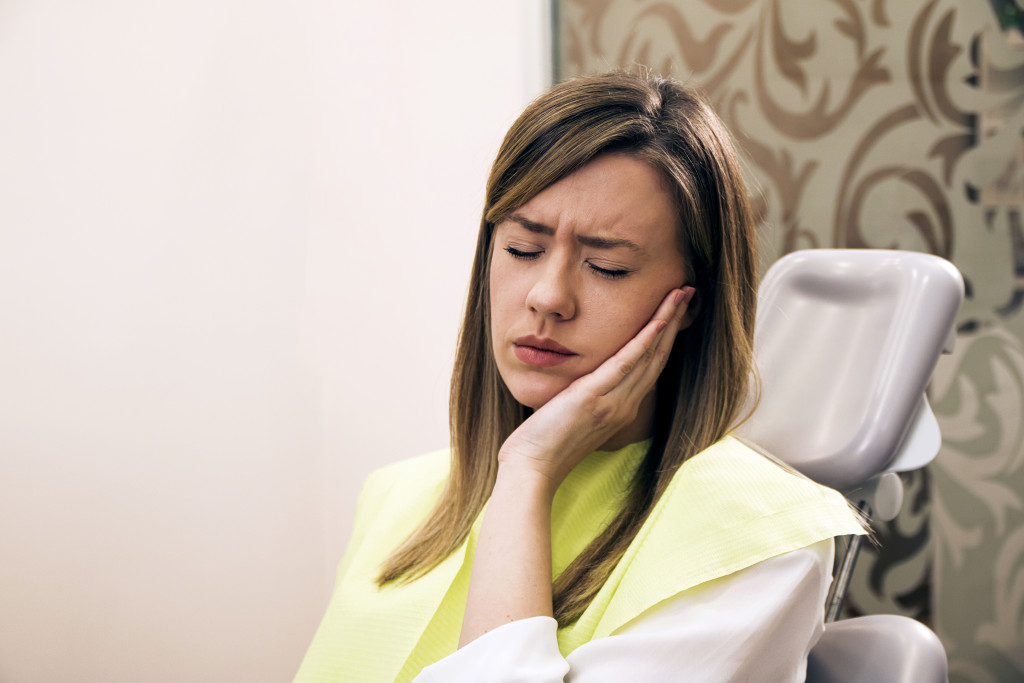It might be far-fetched, but let’s pretend that you had one of your afternoon Minnesota musings. You thought about dental health and asked, “Why do my parents have tooth decay the same way I do? Does it probably run in the family?”
Well, the answer is yes. That’s why families should consider seeing the same dentist. You can find lots of reliable family dental healthcare providers in the area.
However, tooth decay and other oral health problems aren’t as simple as blaming them on heredity. The issues can be more complex.
But First, What’s the Genetic Connection?
A CNN article outlines the strong relationship between genetics and oral health. Studies have shown that genetic traits can influence the following:
- Preference for sweets
- Microbiome
- Perception of taste
- Strength of the enamel
1. Preference for Sweets
Let’s break down each, beginning with sweet preference. What does sweetness have to do with tooth decay? Sugary foods can feed the harmful microorganisms that promote dental cavities.
But that’s not all. High consumption of sugar is also associated with diabetes, a metabolic condition that can also run in families. This illness can damage the blood vessels that deliver nutrients to the mouth, making a person prone to infections.
In fact, newer studies encourage people likely to develop diabetes and heart disorders to have their gums and teeth checked regularly.
2. Microbiome
The microbiome refers to the community of viruses, bacteria, and fungi that help regulate many functions in the body, such as metabolism and immunity.
Although they are most abundant in the gut, they are also present in the mouth. According to research, genetics help shape the composition of the microbiome.
3. Perception of Taste
According to the study, those who can perceive a variety of tastes seem to have lower risks of dental health problems. It’s likely this relates to point one, an individual’s high preference for something sweet.
4. Strength of the Enamel
The enamel is the outer coating of a tooth and is one of the hardest parts of the body. Studies show, though, that genetics can influence its strength. The less hard it is, the more likely bacteria can damage the enamel.
There’s the 40%
Genetics might be responsible for 60% of a person’s oral health. But it’s the be-all, end-all simply because of the other 40%. You can attribute this to environmental factors, such as diet, smoking, and even stress. In many cases, heredity can only predispose a person to a certain condition, not necessarily cause it.
Further, some studies refute other experts. Take, for example, this 2017 research involving almost 500 pairs of twins.
The Australian researchers collected dental plaque from these children, while their US counterparts looked into the bacterial composition.
The result was interesting. Although they identified genetic traits in the bacteria, they were absent among those pathogens that cause tooth decay.
Instead, environmental factors seemed to affect the presence of these bad bacteria. For instance, they were fewer among children who practiced proper oral hygiene. Their numbers were higher in kids who ate sugary foods.
The bottom line is this: you cannot control your genes, but you can manage environmental risk factors. By doing that, you can already reduce your odds of tooth decay and gum diseases significantly.






